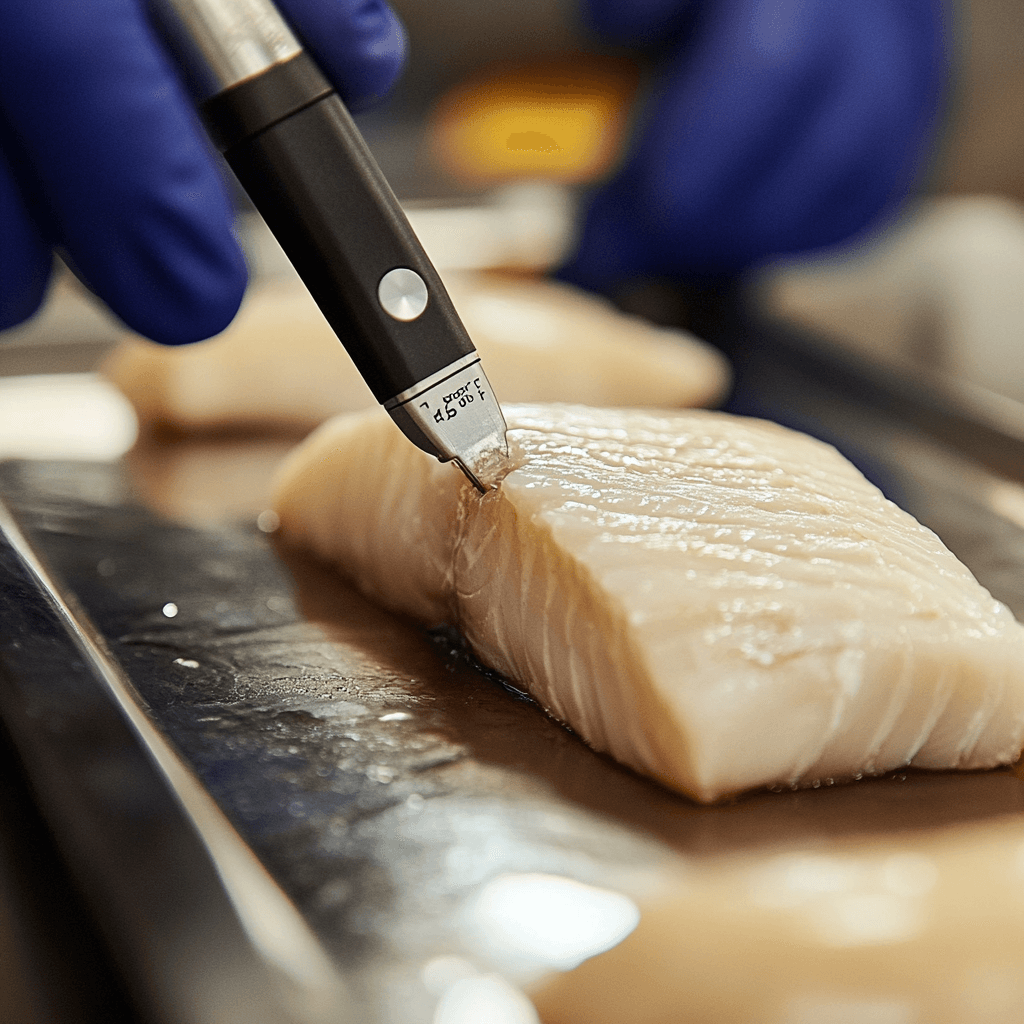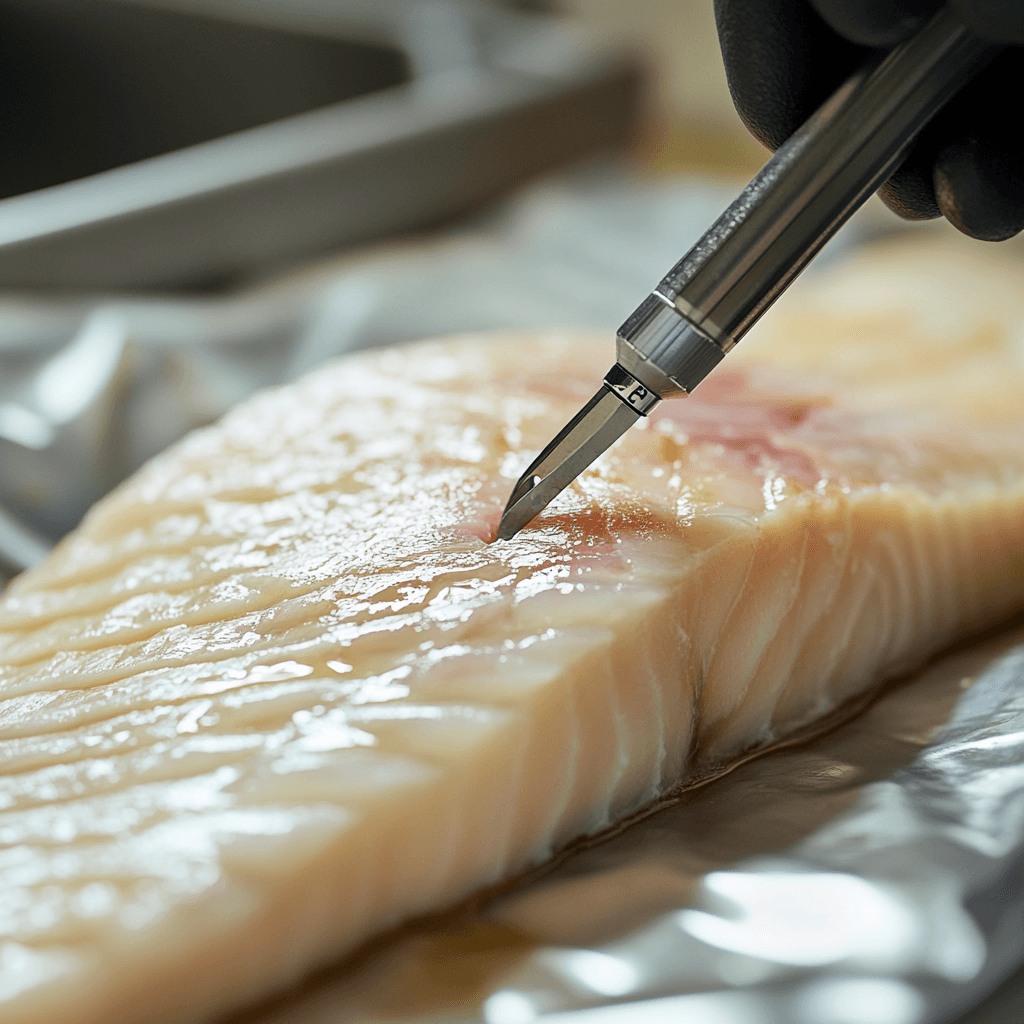Perfect Halibut Internal Temp: The Ultimate Guide to Cooking Halibut
When it comes to cooking halibut, one of the most important factors to ensure your meal is perfectly cooked is the halibut internal temp. Whether you’re grilling, baking, or pan-searing, knowing the right temperature will make all the difference between overcooked fish and a moist, tender fillet. This guide will walk you through the optimal internal temperature for halibut and offer tips on how to achieve it perfectly every time.

Why Perfect Halibut Internal Temp Matters
Cooking fish to the right temperature is crucial to avoid undercooking or overcooking, which can lead to a dry, tough texture. Halibut is a lean, white fish with a delicate flavor, and cooking it to the ideal internal temperature ensures that it retains its moisture, tenderness, and delicious taste.
What Is the Ideal Halibut Internal Temp?
The USDA recommends cooking fish to an internal temperature of 145°F (63°C). At this temperature, halibut should be opaque and easily flake when tested with a fork. This ensures that your fish is safe to eat and perfectly cooked. However, many chefs and home cooks aim for slightly lower temperatures (around 130°F to 140°F) for a moist, tender texture. These temperatures are particularly important if you’re cooking a thick fillet.
How to Measure the Halibut Internal Temp
To check the halibut internal temp, you’ll need a food thermometer. Insert the probe into the thickest part of the fillet, ensuring it’s not touching the bone, skin, or pan. Wait for the thermometer to give a reading, and if it’s at the desired temperature, remove the fish from the heat.
Best Methods for Cooking Halibut to the Right Temp
Baking Halibut to the Perfect Temp
Baking halibut is one of the simplest ways to cook it, and with the right internal temp, you’ll achieve a beautifully tender result. Preheat your oven to 375°F (190°C) and place your halibut fillet on a baking sheet. Bake for 10-15 minutes, depending on the thickness of the fillet, until the internal temp reaches 145°F.
Grilling Halibut to the Right Temp
Grilling halibut adds a smoky flavor to the fish. Preheat your grill to medium-high heat, about 400°F. Grill your fillet for 4-5 minutes per side, checking the internal temp with a thermometer to ensure it reaches 145°F.
Pan-Searing Halibut to Perfection
Pan-searing is another great way to cook halibut while maintaining a crispy exterior and moist interior. Heat a tablespoon of oil in a skillet over medium-high heat. Cook the fillet for about 3-4 minutes per side, or until the internal temperature hits 145°F.
What to Do if the Halibut Is Overcooked?
If you accidentally overcook halibut, it can become dry and tough. If you notice the fish feels hard or stringy when you test it with a fork, it’s likely been cooked too much. To avoid this in the future, make sure to check the internal temp early and often, especially with thick fillets. You can also keep your halibut moist by using marinades or cooking methods like poaching, which help preserve the moisture.
Serving Tips for Halibut
Once your halibut has reached the perfect internal temp, it’s time to serve it! Halibut pairs well with a variety of sides, from roasted vegetables to mashed potatoes or a fresh green salad. For a more adventurous meal, serve it with a tangy mango salsa or a rich garlic butter sauce.
Conclusion: Perfect Halibut Every Time
Achieving the perfect halibut internal temp is key to creating a moist, flavorful dish that’s both delicious and safe to eat. By following the recommended temperatures and cooking tips in this guide, you’ll be able to prepare halibut like a pro every time. If you want to explore more fish recipes or discover new ways to cook halibut, check out our recipe for grilled halibut. For more information on seafood safety, visit Seafood Watch for expert advice on choosing and preparing sustainable fish.







